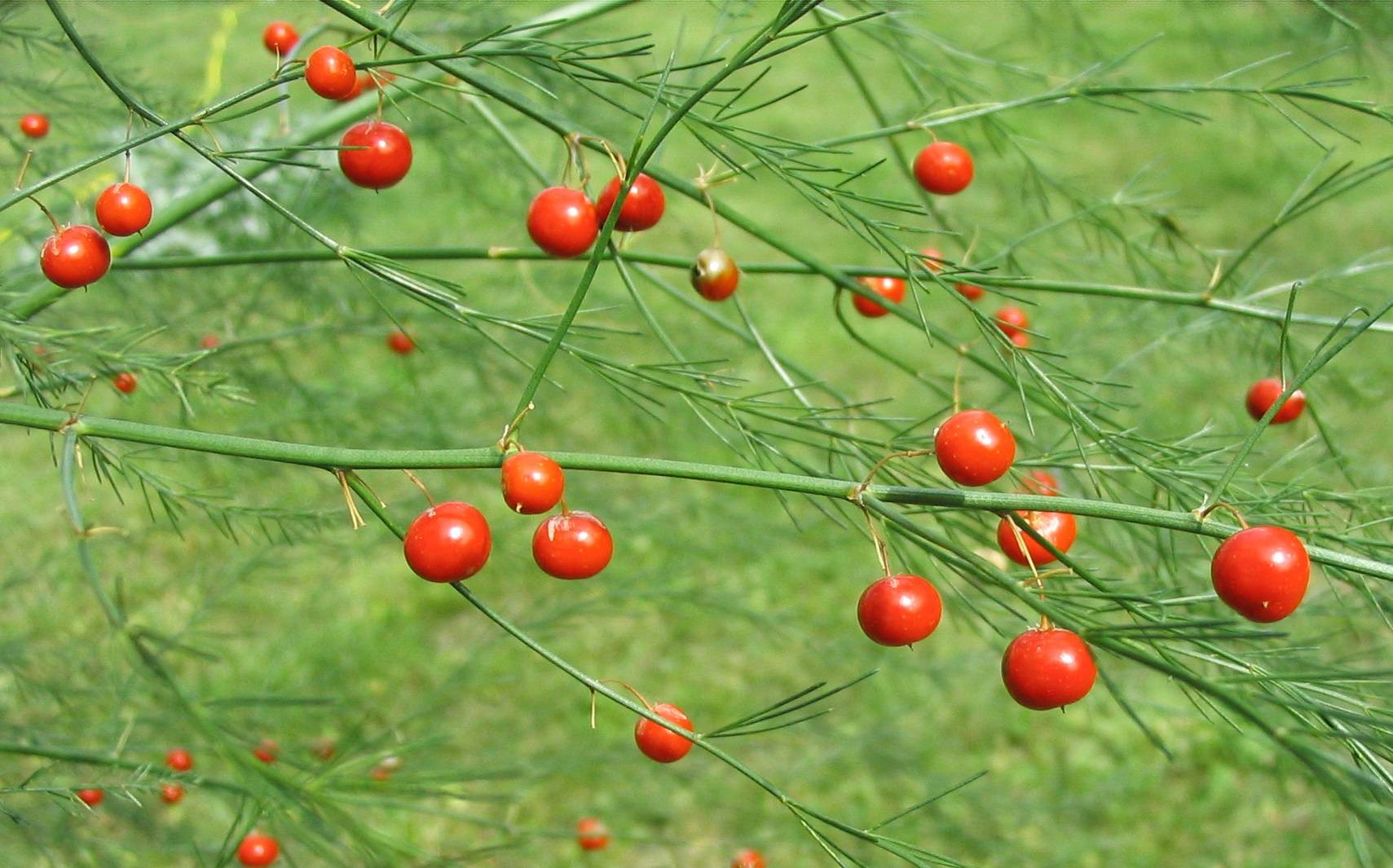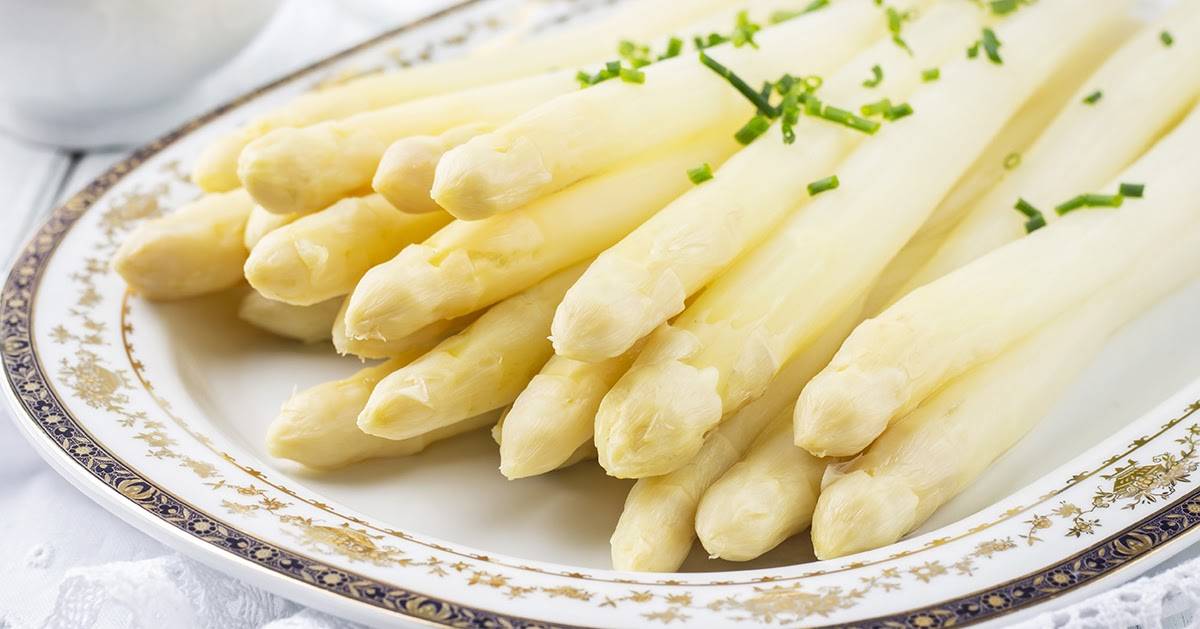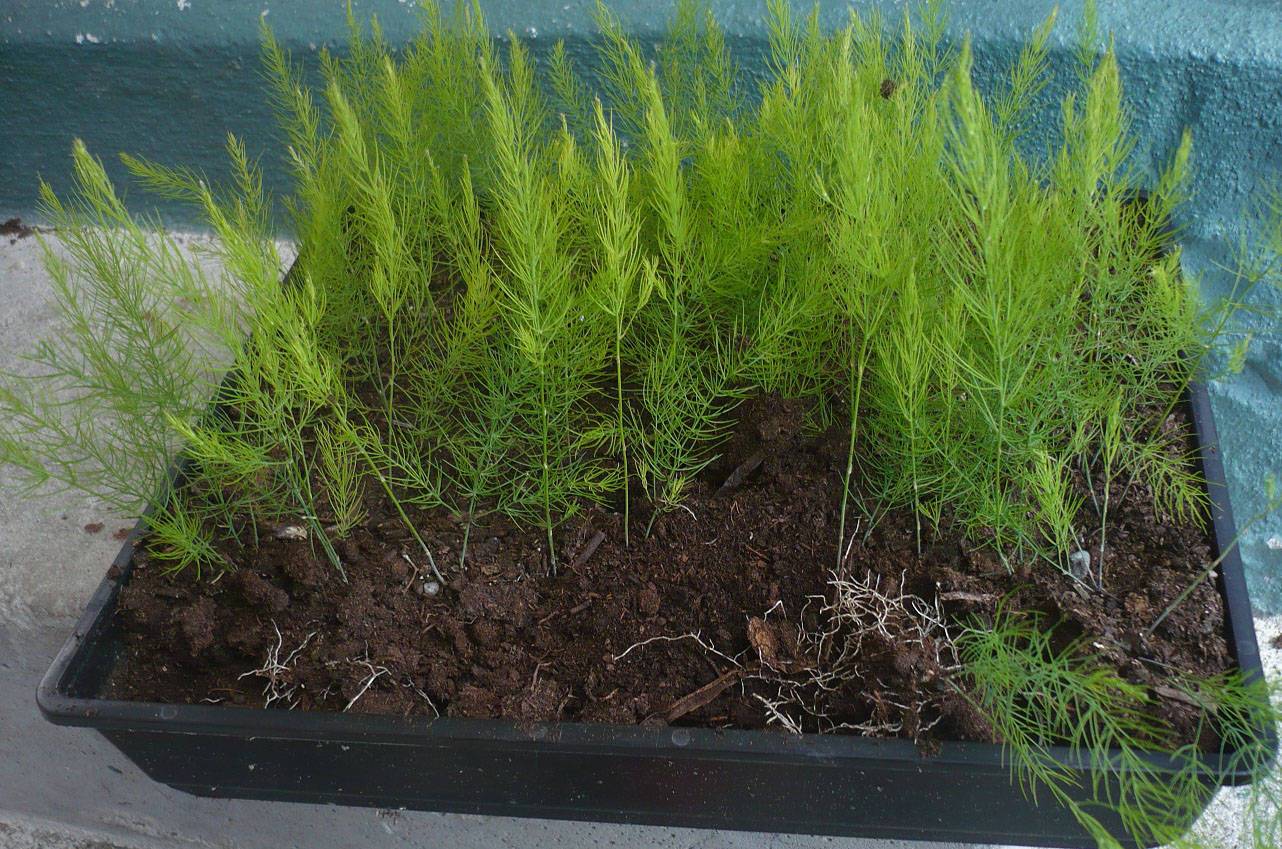Asparagus garden and wild - how edible asparagus winters
Content:
Asparagus is common in dry climates. More than 200 plant varieties are currently known in nature. It can be wild, garden or ornamental. Asparagus attracted the attention of gardeners due to its unpretentiousness. And with due attention, it will be a fluffy decoration of a summer cottage, which can also be eaten.
Garden and wild view. How edible asparagus winters
In general, asparagus and asparagus are one and the same plant. The first name is common among gardeners, the second among cooks.
Wild Asparagus is found in many parts of the world - in South America, Africa, Europe and Asia. In Russia, it is found on the territory of the Krasnodar Territory.
As a result of selective selection, gardeners have chosen a variety that is suitable for human consumption. They named it Asparagus (asparagus) medicinal. He differed from the rest of his brothers in an unusual taste. On the basis of this plant, garden varieties were bred that give a bountiful harvest. Asparagus is in demand not only for its delicate taste. It is also used in medical dietetics.
The main thing that distinguishes edible asparagus from a wild species is the preparation of the first one for wintering. If in nature the bush has sufficient frost resistance, then specially grown species need additional protection in the cold season.
During preparation for winter, shoots should be examined for possible disease or pests. When the affected areas are found, they must be cut and destroyed. If everything is in order with the plant, then the tops can not be removed - it will protect the root system from the cold. If many affected leaves had to be removed, then the bare rhizomes are additionally insulated with a layer of humus.
Everything you need to know about garden asparagus
The plant is a perennial and can be grass, shrubs, or vines. It has a powerful root system. The stems can reach a height of 150 cm. In some species of asparagus, green leaves are absent as such, in others they can be small, underdeveloped and scaly.
The flowers of asparagus are very small, grow singly or in inflorescences in the leaf axils. After flowering, fruits appear, which may contain one or more seeds. Asparagus berries resemble viburnum berries - outwardly they are easy to confuse.
It is worth noting one feature of plant growth. Development takes place in several stages. The first is the active development of the root system and underground buds, in which the main organs of the bush are formed. At the next stage, only shoot growth occurs, without the formation of other organs. It is important to know here that decorative trimming is harmful to him. As a result of this action, further growth of shoots will stop and the first stage of plant development will begin again.
Asparagus varieties
Of course, all varieties have their own individual characteristics, and they must also be taken into account when trying to grow asparagus in the garden or in the country. But since the variety of species is large enough, it is enough to know the most popular of them:
- Asparagus vulgaris - grown in gardens as a vegetable and used to decorate bouquets.
- Asparagus asparagus - has a bright orange aroma, is grown as an ornamental plant.
- Asparagus Meyer is a shrub with shoots about 60 cm long. The needles growing on them make the flower look like a brush. Used for decorating bouquets.
Some of the garden varieties are quite commonly used in cooking. White sprouts, which are still in the soil, are used for food.
Eating
Although asparagus does not have an exquisite taste, it is popular due to the high amount of vitamins it contains. The shoots are eaten boiled, raw, fried and canned.
The cooked product tastes like green peas. It is best to prepare green asparagus dishes using young shoots. When it comes to white asparagus, how to cook it is a fairly common question. But this is not difficult. First, the vegetable is washed in cold water, and all hard seals are cut off. After which the plant can be boiled or fried.
Many, not knowing how to cook asparagus, hesitate to buy it. But this is in vain. Asparagus is a versatile dish; it can be served on the table as a main course or as a side dish for fish or meat.
History of appearance
The nutritional and healing properties of asparagus have been known for thousands of years. The ancient Egyptians and Greeks knew about him, who believed that the plant helps in procreation. In the Roman Empire, they switched from ritual use to cooking. But in those days it was a real delicacy and was used only by noble people. And even when this culture spread throughout Europe, not everyone could try it.
Planting and care in the open field
Asparagus, when grown outdoors, must be provided with proper conditions. He needs timely watering, loosening the soil and feeding with useful elements.
Asparagus soil should be prepared from the following components:
- land from the garden;
- humus;
- river sand.
For planting in a pot, you can purchase a special substrate in the store.
Fertilizing asparagus is recommended twice a year - in spring and summer. In this case, fertilizers specially made for the plant are used.
How asparagus reproduces
The plant can reproduce in two ways: by seeds and by division.
Germination from seeds is carried out in the following sequence:
- Prepared soil is poured into the container and seeds are evenly planted in it and covered with earth.
- The container is covered with a film to create greenhouse conditions and moved to the windowsill.
- The soil is regularly ventilated and moistened.
- After the sprouted seedlings reach 10 cm in height, they are seated in separate pots.
The method of dividing rhizomes is more popular. This is the easiest plant propagation option and is available even to novice gardeners. Each separated root is shaken off from the soil and transplanted into a separate container.
Asparagus transplant
The method of transplanting a bush does not differ from transplanting other garden plants. The main thing is to be careful with a powerful root system. To get it out of the soil easier, before that, the surface around the plant is well moistened. Then the asparagus is easily moved to a new location.
Nowadays, asparagus has ceased to be the food of the rich, and any connoisseur of healthy food can cook it. It is enough to prepare a place for him on the garden plot, start planting, and soon you will be able to taste the delicacy grown with your own hands.













